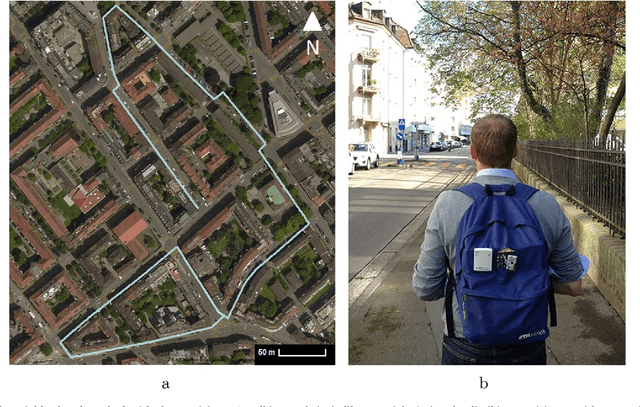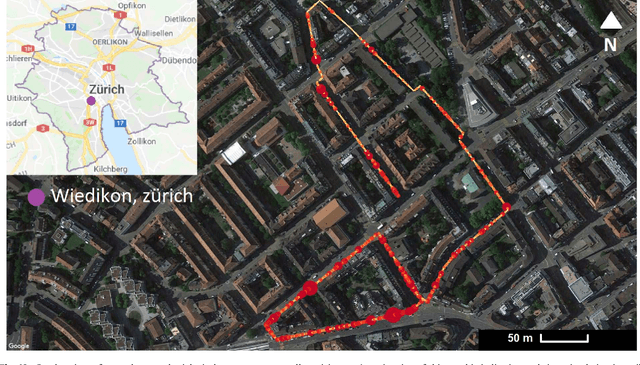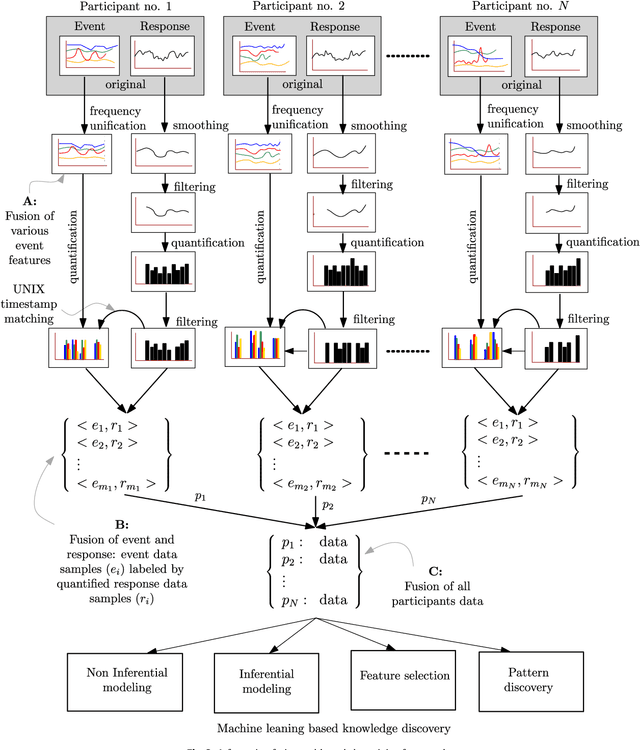Matthias Standfest
MSD: A Benchmark Dataset for Floor Plan Generation of Building Complexes
Jul 14, 2024



Abstract:Diverse and realistic floor plan data are essential for the development of useful computer-aided methods in architectural design. Today's large-scale floor plan datasets predominantly feature simple floor plan layouts, typically representing single-apartment dwellings only. To compensate for the mismatch between current datasets and the real world, we develop \textbf{Modified Swiss Dwellings} (MSD) -- the first large-scale floor plan dataset that contains a significant share of layouts of multi-apartment dwellings. MSD features over 5.3K floor plans of medium- to large-scale building complexes, covering over 18.9K distinct apartments. We validate that existing approaches for floor plan generation, while effective in simpler scenarios, cannot yet seamlessly address the challenges posed by MSD. Our benchmark calls for new research in floor plan machine understanding. Code and data are open.
Machine learning approaches to understand the influence of urban environments on human's physiological response
Dec 10, 2018



Abstract:This research proposes a framework for signal processing and information fusion of spatial-temporal multi-sensor data pertaining to understanding patterns of humans physiological changes in an urban environment. The framework includes signal frequency unification, signal pairing, signal filtering, signal quantification, and data labeling. Furthermore, this paper contributes to human-environment interaction research, where a field study to understand the influence of environmental features such as varying sound level, illuminance, field-of-view, or environmental conditions on humans' perception was proposed. In the study, participants of various demographic backgrounds walked through an urban environment in Zurich, Switzerland while wearing physiological and environmental sensors. Apart from signal processing, four machine learning techniques, classification, fuzzy rule-based inference, feature selection, and clustering, were applied to discover relevant patterns and relationship between the participants' physiological responses and environmental conditions. The predictive models with high accuracies indicate that the change in the field-of-view corresponds to increased participant arousal. Among all features, the participants' physiological responses were primarily affected by the change in environmental conditions and field-of-view.
 Add to Chrome
Add to Chrome Add to Firefox
Add to Firefox Add to Edge
Add to Edge